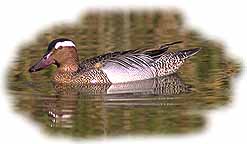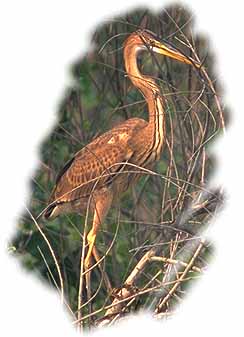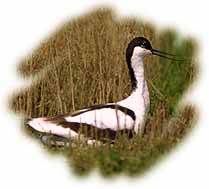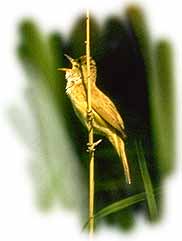| | | Roman Coastal Reserve | | | Zones | | | Maccarese Ponds | | | Fauna |

| During the autumn and spring migratory periods you can also see a large number of species of birds. Ducks appear from autumn onwards with the wigeon (Anas penelope) dominating the area, followed by the teal (Anas crecca) and mallard (Anas platyrhynchos). You can also see the shoveler (Anas clypeata), the pintail (Anas acuta) and the rare red-crested pochard (Netta rufina). |
 |
 |
Grey heron (Ardea cinerea)
and little egretts (Egretta garzetta)
are very common and sometimes seen during the summer months whereas the
white egrets (Egretta alba) is seen only in the winter. During
the migratory passes the squacco heron (Ardeola ralloides) makes
an appearance along with the night heron (Nycticorax nycticorax),
the purple heron (Ardea purpurea) and occasionally the Bittern
(Botaurus stellaris). In the spring the little bittern (Ixobrychus
minutus) arrives to set up home and nurture its family among the
thick reeds and then in the autumn, it departs in the direction of Africa.
In winter non migratory nesting birds that strengthen in number are the coot (Fulica atra), the moorhen (Gallinula chloropus) and the water rail (Rallus equaticus). Ever present are the little grebes (Tachybaptus ruficollis) and in the winter months you can see the great crested grebe (Podiceps cristatus) and the black-necked grebe (Podiceps nigricollis). |
| Most of the LIMICOLI are seen in correspondence with the migratory periods, and beside the nesting little ringed plover (Charadrius dubius) you can see avocets (Recurvirostra avosetta), black-tailed godwits (Limosa limosa), black-winged silts (Himantopus himantopus), ruffs (Philomachus pugnax) and many others that stop to "refuel" during the long journey. Snipes(Gallinago gallinago) and lapwings (Vanellus vanellus) are a constant winter presence. |
 |
| Many RAPACEOUS BIRDS take advantage of the prey available during the
course of the year. The most common are the kestrel (Falco tinnunculus),
the black kite (Milvus migrans), the marsh harrier (Circus
aeruginosus), the buzzard (Buteo buteo) and the peregrine
(Falco
peregrinus). Eleonora's falcon (Falco eleonorae), the
short-eared
owl (Asio flammeus) and the
booted eagle (Hieraeetus
pennatus) have also been seen.
In the reed-thickets there are numerous types of PASSERIFORMES, you can find the reed warbler (Acrocephalus scirpaceus), the great reed warbler (Acrocephalus arundinaceus) and Cetti's warbler (Cettia cetti) |
 |